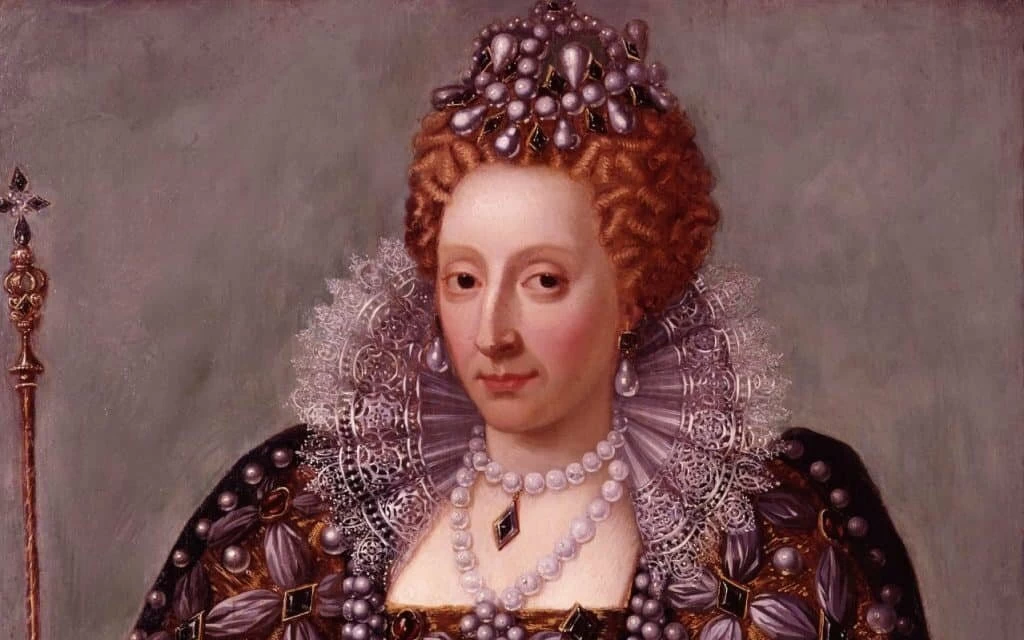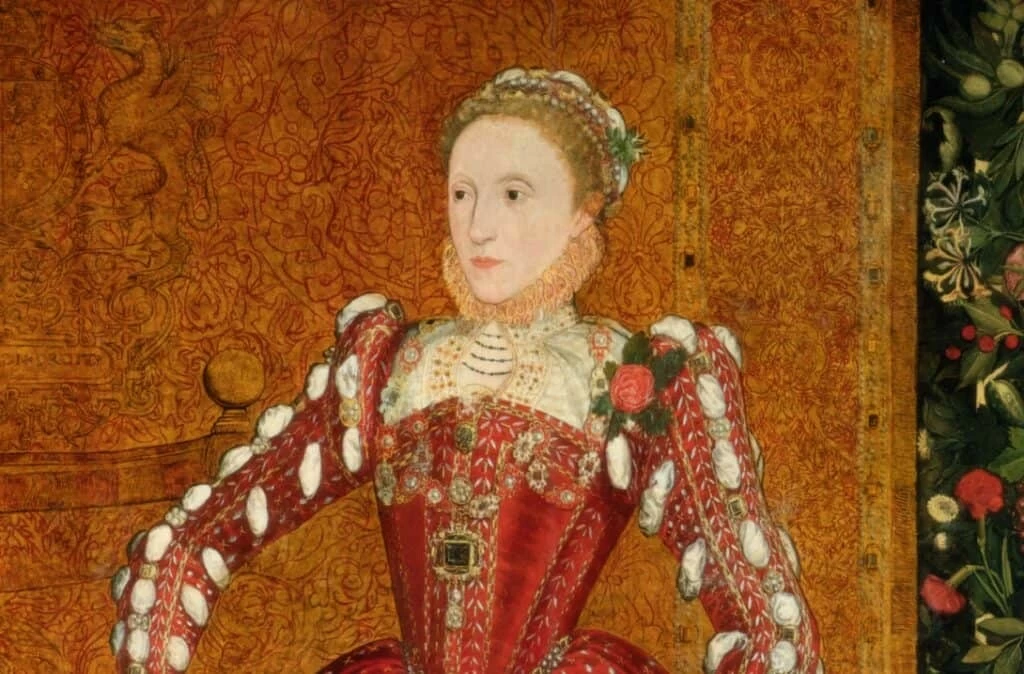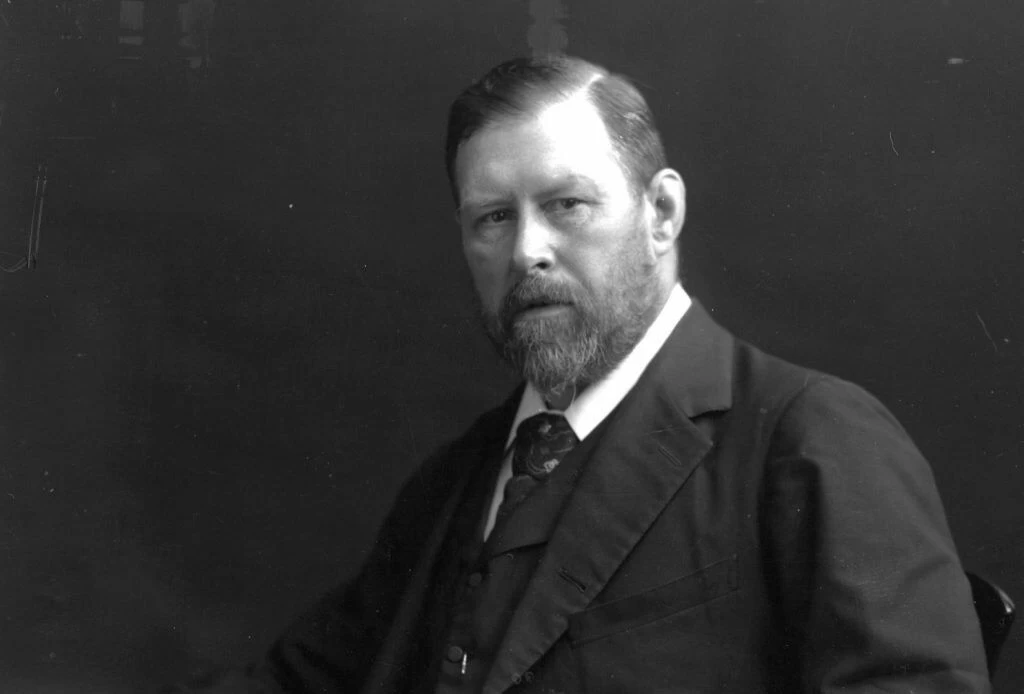Monarchs and presidents are no strangers to conspiracy theories. Perhaps one of the wildest conspiracy theories involved Elizabeth I, the Renaissance queen of England. There is a once-believed story that the woman who ruled over England and its colonies was not the daughter of King Henry VIII and his second wife, Anne Boleyn. According to the story, Elizabeth I was a man in disguise (now known as the Bisley Boy).

Background for the story
At the age of 10, Elizabeth was sent away to a village called Bisley to avoid an outbreak of the Bubonic Plague in London. The belief was that by leaving the metropolis, where people were dying left and right, it would ensure she did not succumb to the disease.
Unfortunately, an unknown illness soon caught Elizabeth in its clutches, and she died. Soon after, an announcement came that stated King Henry VIII would arrive in Bisley and visit his daughter.
Elizabeth’s nurse panicked. Would the king blame her for his daughter’s death? If so, would she be punished? Would she lose her head? The nurse came up with a bold plan: bury Elizabeth secretly and find a local girl who closely resembled Elizabeth and present the imposter to the king as his daughter.
She quickly searched Bisley for a ten-year-old girl with fair complexion and, most importantly, red hair similar to Elizabeth’s. The search was unsuccessful.
However, the nurse did find an effeminate young boy who looked somewhat like the dead royal. The nurse had no other choice. She dressed the boy in Elizabeth’s clothing and added a wig and prayed that the king wouldn’t notice any difference.

If this theory is correct, the king did not notice the deception, and the young boy would grow to manhood and eventually rule the kingdom.
Arguments Suggesting the Story is True
It sounds farcical, but some historians believe this story is true. They based their conclusion on a variety of facts:
- The grown Elizabeth never consented to the marriage, despite legitimate offers.
- A perceived stark difference in the form and content of letters she wrote before and after her stay in Bisley.
- She wore wigs on any occasion while in public.
- Only carefully selected doctors could see her. Thus, she suffered from illnesses for long periods until one of her few trusted physicians attended her.
- A nobleman had once written regarding Elizabeth that “for a certain reason which they have recently given me, I understand that she will not bear children.”
- Elizabeth made a clear directive not to have an autopsy conducted after death.
- A report from a cleric who discovered a coffin in Bisley in the 1800s contained the skeleton of a young girl wearing clothes typical of the Renaissance upper-classes.
Bram Stoker believed Elizabeth I was a Man
This seemingly absurd legend would probably have vanished if it not for a most unlikely supporter: Bram Stoker, the author of the seminal novel “Dracula.”

It is unknown how Stoker first came across the story, but he would come to believe it firmly. He even devoted an entire chapter to the conspiracy in his non-fiction book entitled “Famous Imposters.”
Stoker believed that “Elizabeth” was, in fact, the son of one of Henry VIII’s illegitimate male offspring, making the imposter Henry VIII’s grandson. Stoker believed this royal connection would explain the imposter’s physical resemblance to Elizabeth, a member of the royal family.
Related: Did Queen Elizabeth Murder the Wife of Robert Dudley?
Arguments Suggesting the Story is False
Once Stoker published his book, the reaction was not kind. Few people believed his assertion of a cross-gender substitute ruling England during the 1500s. And later, Internet historian Claire Ridgway would outline several reasons this story is fiction, including:
- It is unlikely someone as intelligent as the king would not recognize the substitution of his daughter with a fake of a different gender.
- According to the Queen’s laundress, Elizabeth menstruated normally.
- The Queen occasionally wore dresses that clearly showed she had normal female breasts.
- A secret so substantial would undoubtedly leak by at least one person who knew the truth.
The real mystery is why a man as intelligent as Stoker put any faith into this conspiracy theory. It is now safe to assume that the Virgin Queen was exactly who she claimed to be.